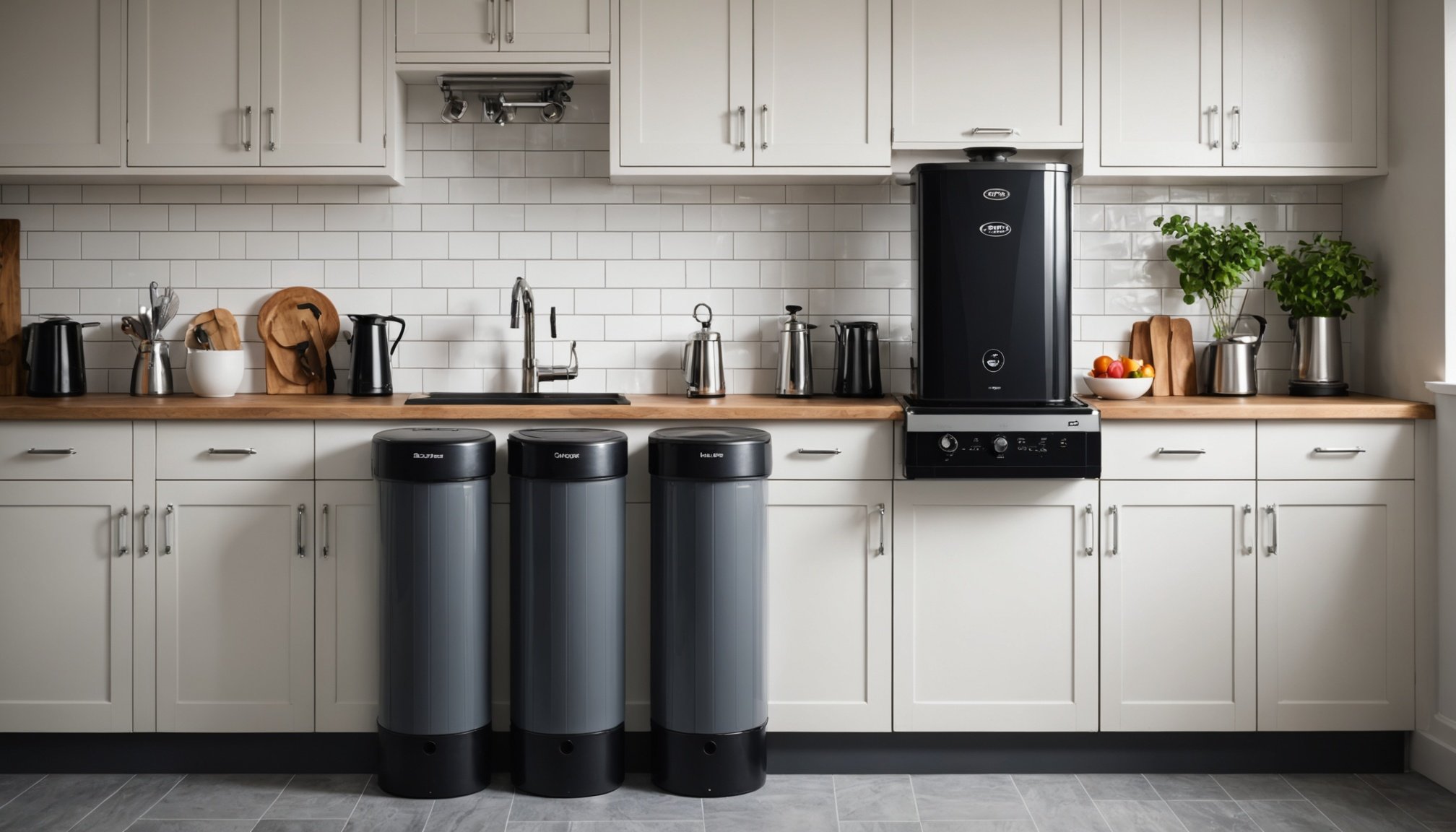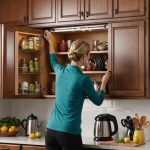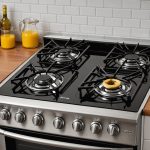Understanding Water Hardness
Water hardness is an essential factor in assessing the overall quality of water. It refers to the concentration of calcium and magnesium ions. Understanding the level of water hardness in your area can help you manage its effects on various aspects of daily life. In the UK, a hardness assessment is crucial, as water quality can differ significantly depending on regional geology.
To effectively measure water hardness in the UK, several methods are employed. One common approach involves using testing kits that measure the concentration of minerals. These kits often provide results in parts per million (ppm), making it straightforward to understand your water’s level of hardness. Municipal water suppliers also offer periodic reports, which include data on the regional water quality.
This might interest you : Ultimate guide to the best thermal insulation options for kitchen flooring in the uk”s colder areas
Hard water can have notable adverse effects on household appliances and plumbing systems. The minerals present in hard water may lead to limescale buildup. This accumulation can decrease the efficiency and lifespan of appliances like kettles, washing machines, and dishwashers. Furthermore, plumbing systems may experience reduced water flow and increased likelihood of blockages.
Addressing the challenges posed by hard water is important for maintaining an efficient household. Proper hardness assessment allows homeowners to implement solutions, such as water softeners, that mitigate these issues and improve daily living conditions.
Additional reading : Key safety tips for installing a gas stove in your compact kitchen
Benefits of Water Softeners
Implementing water softeners in the household can offer numerous advantages, significantly impacting daily living conditions. One of the most notable benefits is the improvement in skin and hair health. Soft water, free from hard minerals, can leave skin feeling smoother and hair looking more vibrant, as it reduces the harshness that hard water often imposes. This subtle change can enhance personal care routines, promoting a more luxurious feel and appearance.
Another key advantage is the increased lifespan and energy efficiency of household appliances. Soft water helps prevent limescale buildup, which can otherwise hinder the performance and durability of machines such as washing machines and dishwashers. By maintaining the optimal function of these appliances, households can lower their energy consumption and reduce the need for frequent repairs or replacements.
Moreover, using soft water enhances the effectiveness of cleaning products. In hard water areas, soap and detergents often struggle to form lather, meaning more product is needed to achieve the desired cleaning results. Soft water allows these products to work efficiently, resulting in cleaner surfaces and fabrics with less effort. Embracing the benefits of soft water ultimately leads to improved household efficiency and cost savings.
Installation Procedures
Understanding the water softener installation process is crucial, whether opting for DIY or hiring a professional. Here we detail how to expertly plan and execute the setup.
Planning Your Installation
Begin by analysing the available space and layout. The water softener needs proximity to the main water supply and a drainage point. A utility area near the water entry could be optimal. Assess your current plumbing setup to foresee any alterations required.
Tools and Materials Needed
Prepare essential tools such as pipe cutters, wrenches, and screwdrivers. Necessary parts include hoses, clamps, and connectors, ensuring they match your plumbing type. Consider acquiring safety equipment, such as gloves and goggles.
Step-by-Step Installation Process
- Secure the softener unit in the chosen location. Avoid common mistakes like poor alignment or insufficient support.
- Connect inlet and outlet pipes. Ensure tight connections to prevent leakage, considering the local water pressure.
- Link the drainage and overflow lines. These require a secure attachment to the waste pipe.
- Check for leaks post-setup by running water through the system.
By following this installation guide, you can ensure a smooth process, minimising errors and achieving a leak-free setup.
Plumbing Requirements
Ensuring proper plumbing for water softeners is essential for optimal performance and longevity. When installing a water softener, you’ll likely need to make modifications to your existing plumbing system. One of the main requirements is adequate pipe connections. Choose the right fittings and ensure they are aligned for a secure connection. Incorrect or loose connections can lead to leaks or inefficiencies.
Another critical aspect is the establishment of appropriate drainage needs. A water softener requires a drainage system to expel waste brine from the regeneration process. Ensure the drainage is installed at a downward slope for effective flow. This system needs to connect securely to a waste pipe without any risk of backflow.
Complying with local plumbing codes and regulations is mandatory. These rules ensure the safety and efficiency of your water softening system. Before starting the installation, check with local authorities or a professional plumber to understand specific guidelines that need to be followed in your area. Adhering to these regulations not only ensures a successful installation but also prevents potential legal issues. If you’re uncertain, consulting with a professional can clarify any doubts, ensuring peace of mind and a compliant setup.
Ongoing Maintenance and Care
Proper water softener maintenance ensures the longevity and efficiency of your system. Routine practices are essential for keeping everything in top form. Start by consistently monitoring the salt level in the brine tank, as regular salt replenishment is crucial for the softener’s operation. If salt levels drop too low, the system may not effectively reduce water hardness.
Identifying signs of potential issues early can prevent costly repairs. Pay attention to any changes in water softness or unusual sounds from the unit. These could indicate blockages or mechanical problems requiring further attention. Proper upkeep also involves regular cleaning of the brine tank and resin bed, which can optimise the system’s efficiency and lifespan.
Troubleshooting tips can address common concerns. If there’s a noticeable change in water quality, check for clogged filters or incorrectly set timers. A lack of soft water might stem from incorrect system programming or depleted resin. Regular system checks help detect these issues before they escalate, providing peace of mind.
Routine maintenance and care ensure water softeners operate smoothly, enhance household efficiency, and help avoid unexpected costs, prolonging the life and benefits of your water softening system.
Cost Estimates and Budgeting
Investing in a water softener is a significant decision, and understanding the associated costs can help in planning effectively. Water softener costs vary based on model and features. On average, prices for standard units range from £400 to £1,500. More advanced systems with extra functionalities can reach up to £2,000.
When budgeting for installation, consider potential additional costs beyond the softener unit itself. Installation expenses can range from £200 to £500, depending on whether you choose a DIY approach or hire a professional. Opting for a professional installation might initially seem pricier but can save on potential future repairs due to incorrect setup.
Essential to your financial considerations is the ongoing maintenance – regular salt purchases and occasional checks by professionals. Annually, maintenance may cost between £50 and £150. However, the long-term savings from reduced appliance repair costs, increased energy efficiency, and diminished detergent usage often outweigh the initial spending.
Creating a detailed budget that includes these financial aspects will ensure you reap the benefits of soft water without unexpected costs. Remember, a well-maintained water softening system can enhance household efficiency, offering both comfort and economic advantages over time.
UK-Specific Considerations
When selecting a water softener in the UK, understanding UK regulations is integral. The UK regulations encompass various safety standards, which water softisers must adhere to, ensuring effectiveness and consumer protection. Investigating both manufacturer and model compliance is vital, as non-compliance can lead to inefficiencies or increased maintenance needs.
Explore a range of local products offering tailored solutions for different water hardness levels. Brands like Harvey, Kinetico, and Tapworks are well-regarded in the UK for their reliability and performance in addressing specific needs. Their products often consider regional geology, delivering optimal efficiency according to water hardness variances across the country.
For purchasing decisions, consumer advice is invaluable. Sources for reliable reflections on both customer satisfaction and product durability are essential. Platforms like Which? UK and Trustpilot offer consumer advice through detailed reviews and testimonials, giving prospective buyers insights into product experiences from fellow consumers.
Navigating these UK-specific considerations will guide you toward making informed and confident choices benefiting both your household needs and regulatory compliance concerns. With the right approach, you can effectively address hard water issues, ensuring the comfort and efficiency of your home.
Visual Aids and FAQs
Incorporating visual guides alongside your water softener installation can significantly ease the process. Diagrams illustrating the step-by-step installation offer clarity, helping you visualize critical stages such as connecting pipe fittings or setting up the drainage system. Infographics provide a quick reference, portraying differences in water hardness levels and their impacts on household systems. These guides serve as valuable tools, ensuring accuracy and boosting confidence during both DIY and professional installations.
FAQs
Addressing frequently asked questions can resolve common concerns and enhance understanding. A usual query revolves around suitable placement of water softeners in various kitchen setups; typically, these devices are installed near the main inlet to treat water at its source effectively. Another common question is about the proper salt type for softeners, balancing effectiveness with eco-friendliness. Rock or evaporated salt are widely recommended for their purity and efficiency. For those seeking further guidance, installation videos found on trusted platforms can be advantageous, offering real-time demonstrations to supplement written guides.
These resources for additional information ensure homeowners can confidently navigate their water softener journey, from setup to maintenance, and optimise their water quality experience.











